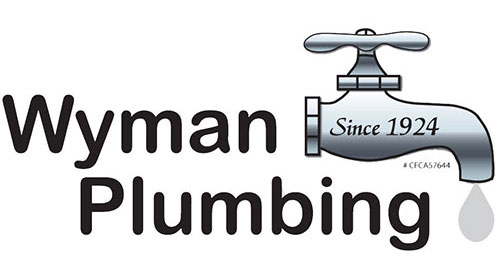Maintaining the health and functionality of your home’s sewer lines is a crucial aspect of homeownership that often goes overlooked until a major problem arises. Regular maintenance can save you from costly repairs and inconveniences. One effective method for keeping your sewer lines in good condition is jetting, a process that involves using high-pressure water to clean and clear out obstructions. See the importance of sewer line jetting (or hydro jetting) and how often it should be performed to keep your plumbing system in optimal condition.

Understanding Hydro Jetting
Sewer line jetting is a proactive approach to plumbing maintenance that involves using a high-pressure water jetting machine to clean the interior of your sewer pipes. This powerful jet of water can remove stubborn blockages, debris, mineral buildup, and even tree roots that may have infiltrated your pipes. Jetting not only clears obstructions but also prevents future clogs by thoroughly cleaning the inside of your sewer lines.
The Importance of Regular Sewer Line Jetting
- Preventing Clogs: Over time, debris, grease, and foreign objects can accumulate in your sewer lines, leading to clogs and backups. Regular jetting helps prevent these blockages, ensuring smooth wastewater flow and preventing sewage backups into your home.
- Reducing Odors: Accumulated organic material in sewer lines can lead to foul odors. Jetting helps remove this buildup, reducing unpleasant smells around your property.
- Extending Lifespan: Routine jetting can extend the lifespan of your sewer pipes by removing corrosive elements and preventing structural damage caused by blockages.
- Detecting Issues: During hydro jetting, plumbers may identify issues like cracks, leaks, or root intrusion early on, allowing for timely repairs before they escalate into costly problems.
How Often Should Sewer Lines Be Jetted?
- The frequency of sewer line jetting depends on several factors, including the age of your plumbing system, the materials used in your pipes, and your household’s water usage habits. As a general guideline, consider these recommendations:
- Annual Inspections: It’s a good practice to have your sewer lines inspected annually, even if they don’t appear to have any issues. These inspections can help identify problems before they become severe.
- Routine Maintenance: Depending on your specific circumstances, you may need jetting every 18 to 36 months. Homes with older plumbing systems or properties with a history of tree root intrusion may require more frequent jetting.
- Signs of Trouble: If you notice signs of slow drainage, gurgling sounds, repeated clogs, or odors coming from your drains, it’s essential to have your sewer lines inspected and jetted as necessary. These symptoms may indicate blockages or damage within the pipes.
Sewer line jetting is a vital component of plumbing maintenance that can save you from expensive repairs and inconvenient disruptions in your daily life. By understanding the importance of this process and knowing how often to schedule it, you can keep your sewer lines in excellent condition and maintain the overall health of your home’s plumbing system. Regular inspections and jetting by a plumbing professional will not only ensure a smoothly functioning plumbing system but also extend the lifespan of your pipes, offering you peace of mind in the long run. Contact us to set up your sewer jetting inspection.

Recent Comments